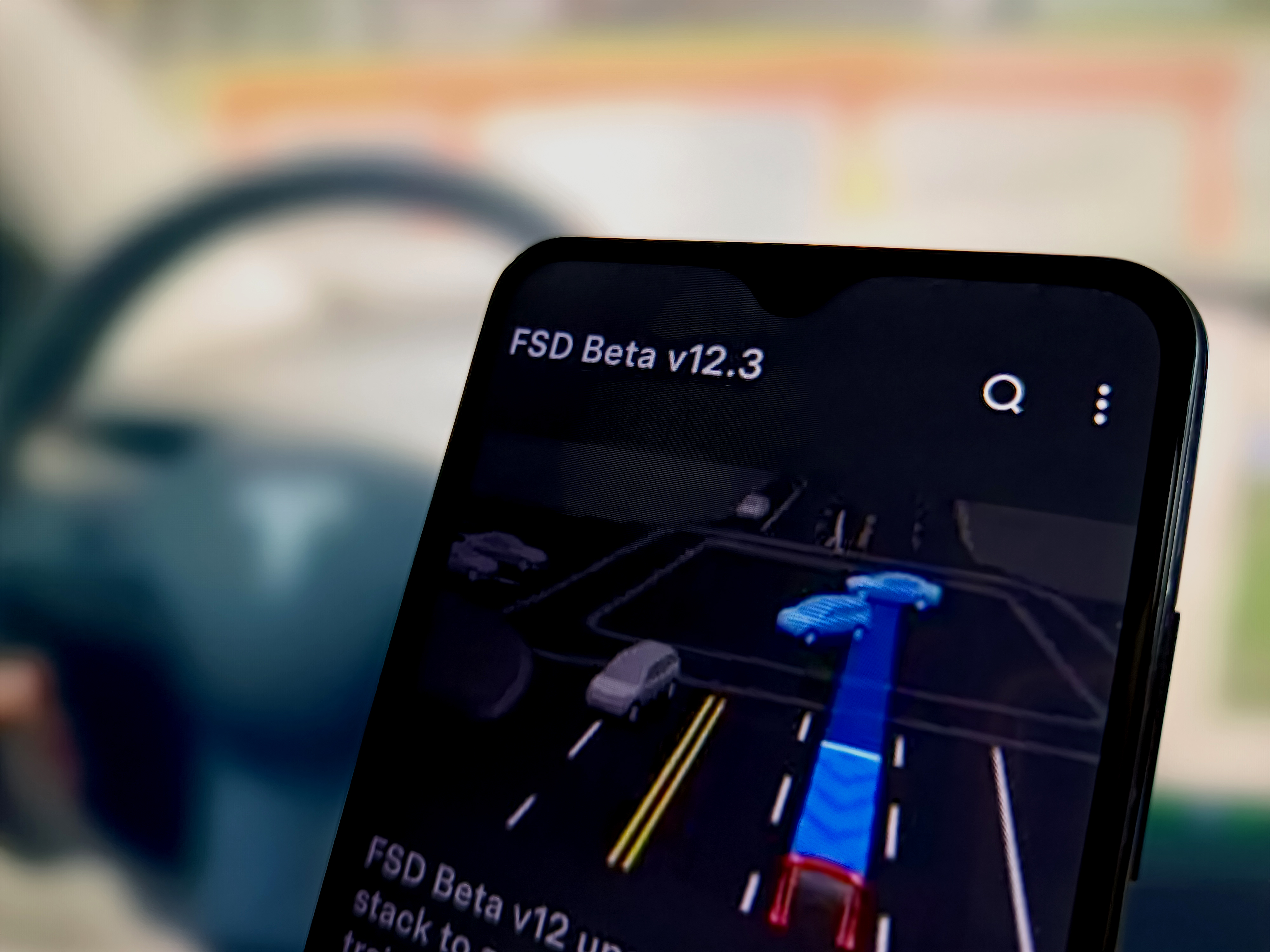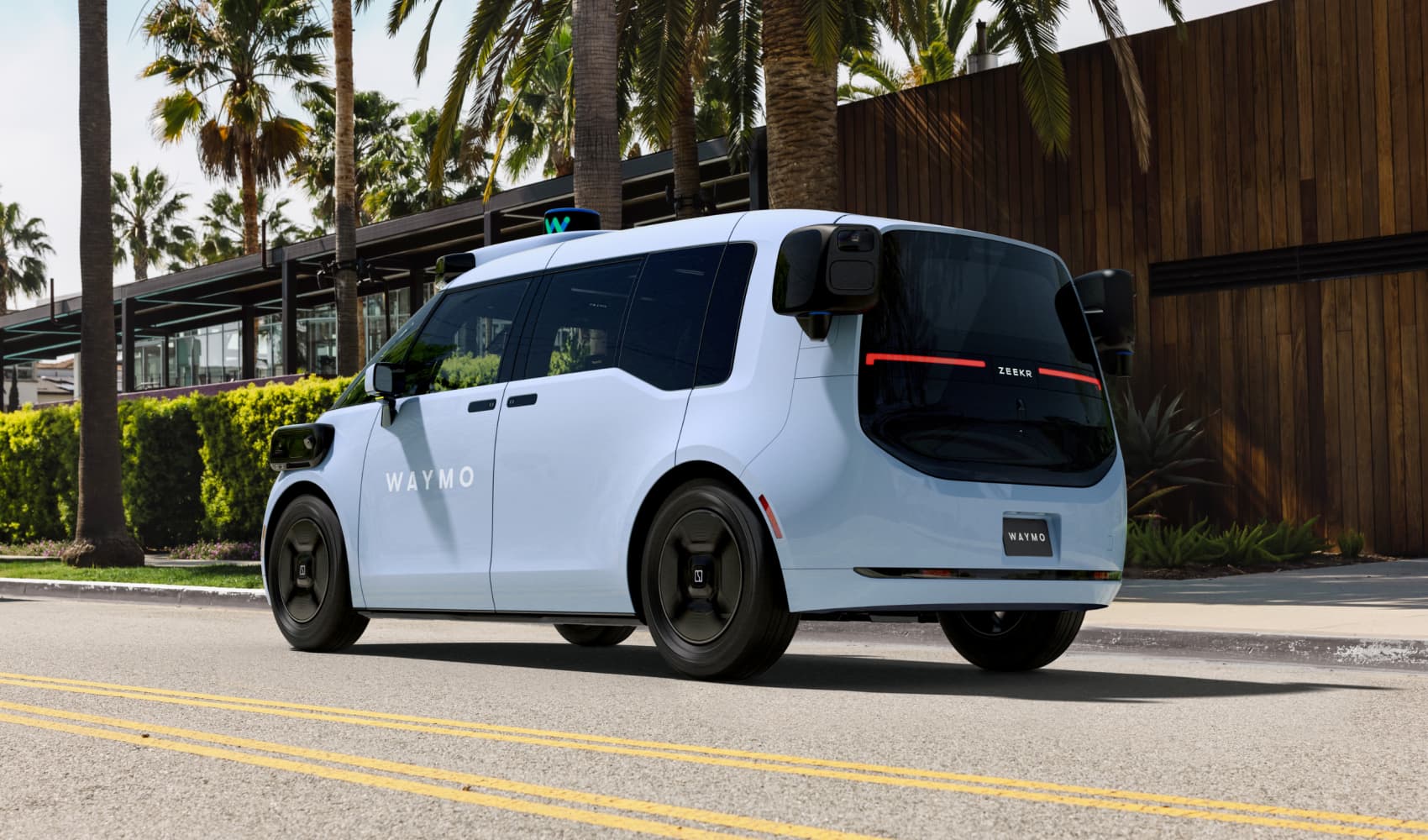A new type of robotaxi is making its way to San Francisco.
Foster City-based Zoox held an open house on Saturday to showcase its latest development, an autonomous driving vehicle that doesn't resemble a traditional car.
The boxy-shaped vehicles feature seats that face inwards and doors that open on both sides. Internally, the design is meant to resemble a carriage.
"The way Zoox is designed, they could take more people," said technology futurist Sudha Jamthe. "I could see it in the future like a trolley in San Francisco."
Zoox said it builds its vehicles from the ground up so they don't resemble a typical robotaxi, like the ones built by Waymo or Cruise. However, Jamthe said it could prove too costly for the company.
"In terms of scalability, Zoox builds each vehicle, unlike Waymo, which just adds driverless technology to a Ford or any other car," Jamthe said.
The Amazon-owned company is testing its technology with employees and has logged more than 700,000 autonomous testing miles in California and Las Vegas.
Zoox has not announced when it plans to scale its robotaxi fleet commercially.
Separately, the event comes after Alphabet's Waymo announced Friday that it was expanding its partnership with Uber to offer robot taxi rides in Austin, Texas, and Atlanta by 2025.
Get a weekly recap of the latest San Francisco Bay Area housing news. Sign up for NBC Bay Area’s Housing Deconstructed newsletter.
"We're thrilled to build on our successful partnership with Waymo, which has already powered fully autonomous trips for tens of thousands of riders in Phoenix," Uber CEO Dara Khosrowshahi said in a news release.
Uber riders in those cities would be matched with a Waymo vehicle for certain rides. However, rides will only be offered on the Uber app, as opposed to the Bay Area, where riders can use Waymo's app.
Waymo has made significant progress in the self-driving industry. It currently provides robotaxi services to the public in San Francisco, Los Angeles, and Phoenix.
As of June this year, it has logged more than 22 million miles. Last week, it released a report asserting that its vehicles are safer than human drivers.
In August, it started testing driverless cars on Bay Area freeways with Google employees.



